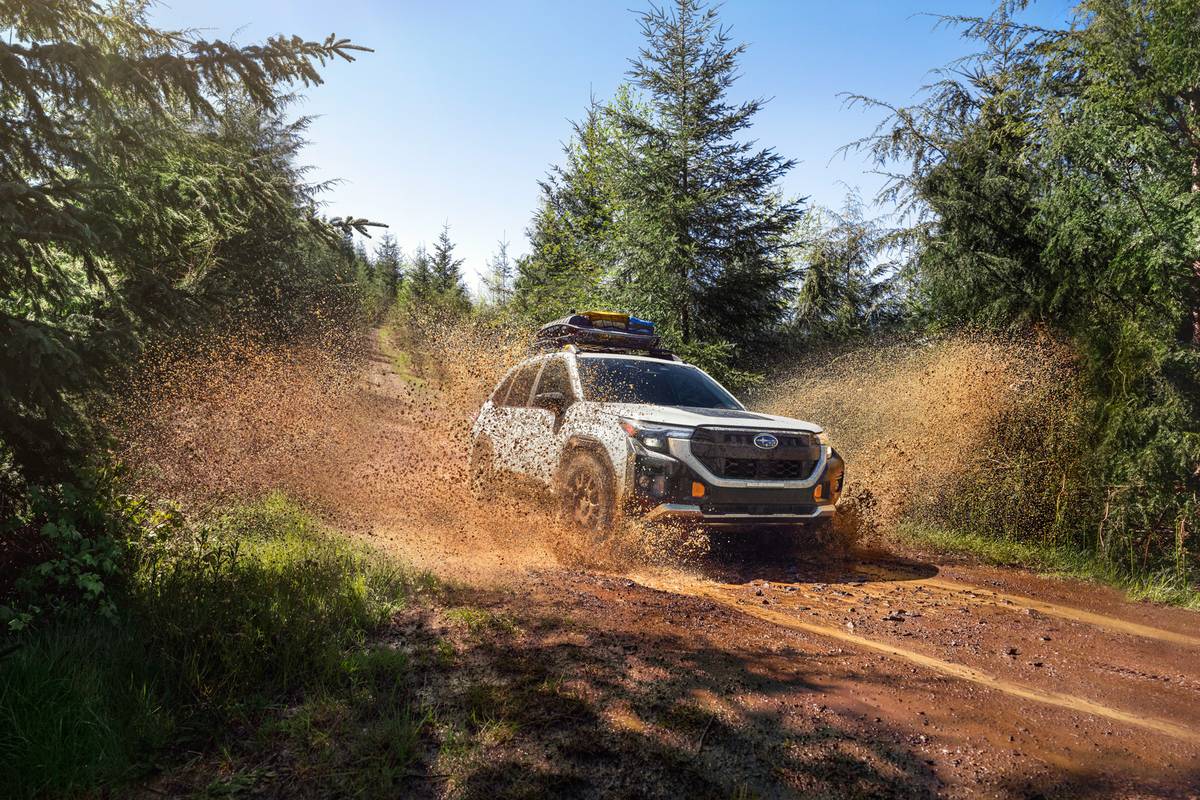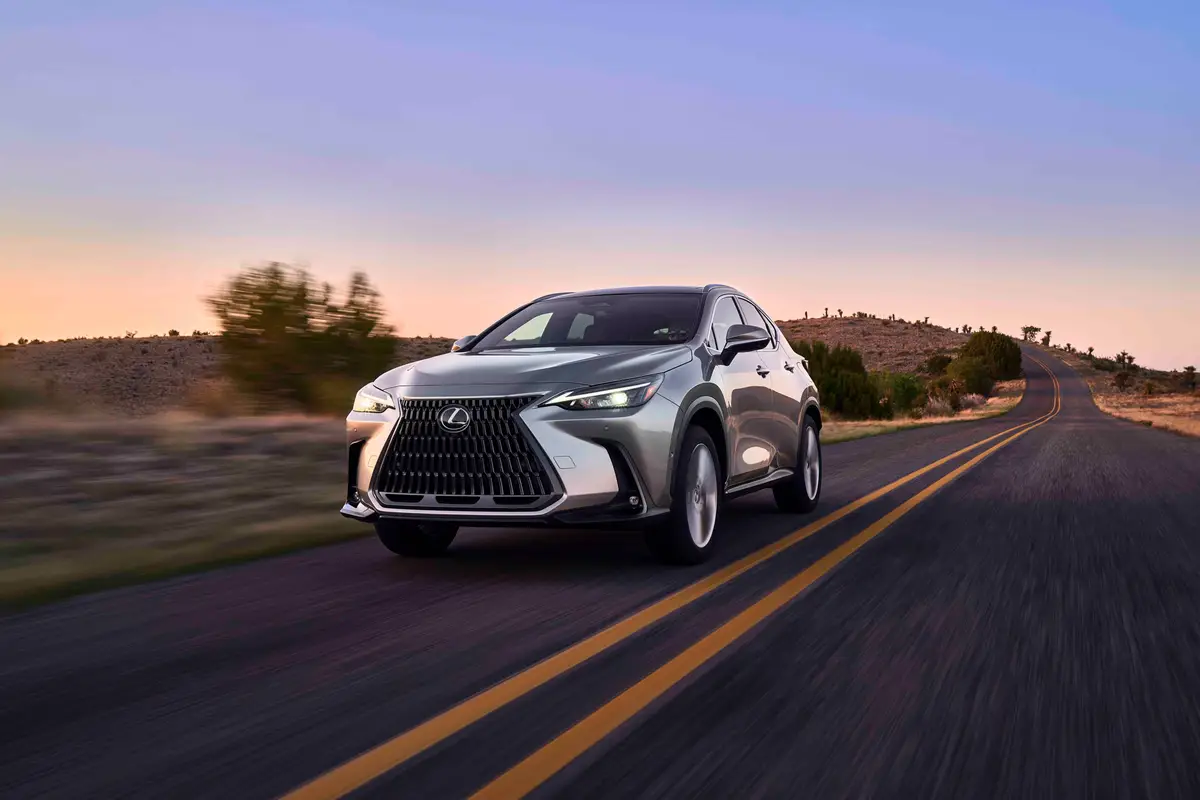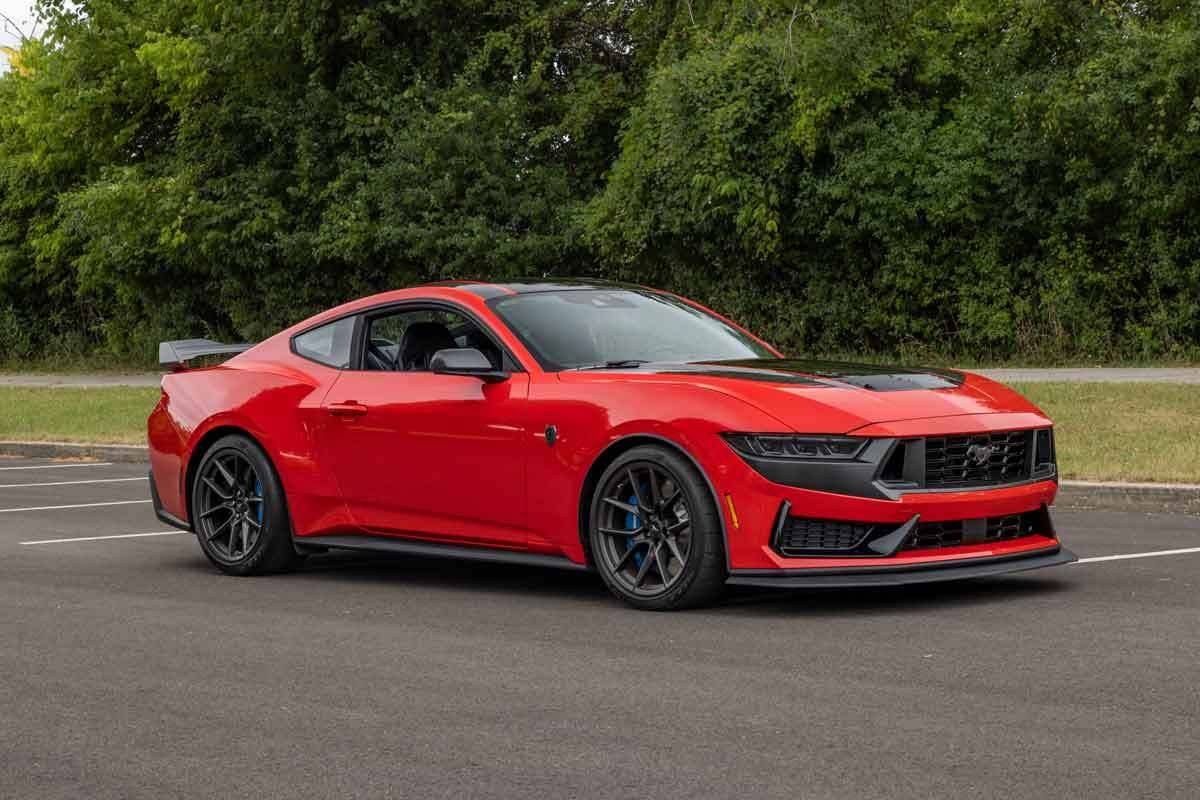Star-Telegram.com's view
Honda seems destined to reclaim the title of best-selling U.S. car for its Accord model during calendar year 1998, thanks to a complete remake of the sedan and coupe versions.
Combined sales of the coupe and sedan should overtake sales of the rival Toyota Camry, last year’s bestseller, in part because Toyota no longer calls the coupe version a Camry and therefore can’t add the coupe’s sales totals to those of the sedan. (The coupe is called Solara).
The Accord also should surpass its other big rival, the Ford Taurus, which took first place away from the Accord in the early ’90s and held it until the revised Camry came along for 1997.
Taurus sales slipped not because of something Toyota or Honda did. Instead, Ford designers violated Rule No. 1 of the auto business: If it ain’t broke, don’t fix it. Ford completely remade the Taurus for 1996, giving it radical new styling that turned out to be quite controversial among loyal Taurus owners.
Ford will restyle the Taurus for 2000, eliminating some of the weird stuff — such as the oval rear window. But the 1999 model carries forward from ’98 with little change (there was a slight restyling for 1998 that brought a new grille and some other modifications to the controversial look, but apparently not enough to increase sales significantly).
Meanwhile, the Accord continues its climb back to the top at the Camry’s and Taurus’ expense, thanks to restyling efforts that make it a bit more exciting than it has been.
The biggest draw of the Accord has been its reputation as a “refrigerator car,” as I call it. It reminds me of a refrigerator because, like a refrigerator, there’s nothing real exciting about it, but once you plug it in, it keeps going forever. There’s nothing wrong with that — the majority of car buyers would readily forfeit some measure of style for such long-term reliability, as Honda has consistently proved.
Our test drive for the week, the Accord Coupe EX, tries to break out of the refrigerator mold — at least as far as style is concerned. This is a car with sporty good looks, something that Honda has never put much emphasis on. The taillights look almost like those of the Acura NSX sports car, the Honda luxury division’s flagship.
The Accord coupe is offered in the same range of models as the sedan — base DX, midlevel LX and uplevel EX versions with four-cylinder engine, and V-6 versions of the LX and EX.
I tested the four-cylinder version of the EX coupe, with a base price of $20,800 (cloth seats) or $21,950 (leather interior), plus $395 transportation.
Although I haven’t driven a V-6 model of the Accord sedan or coupe, the four-cylinder coupe might be the best choice for people who want sporty performance because it can be ordered with a five-speed manual transmission. Only a four-speed automatic is available with the 200-horsepower, 3.0-liter V-6.
The 2.3-liter, 16-valve, four-cylinder powerplant has been rev ised for 1998, and offers 150 horsepower and 152 foot-pounds of torque in the EX and LX models (135 hp in the DX). Coupled with the manual transmission, this engine offers a good measure of performance — actually on par with the 150-horsepower four-cylinder of the sporty Nissan Altima sedan. The LX and EX models gain the extra horsepower over the DX by way of Honda’s VTEC variable-valve-timing system.
Handling — including cornering — is considerably sportier than that of past Accords, thanks in part to the new four-wheel double-wishbone suspension, larger springs and more rigid chassis. Although the suspensions of the coupe and sedan are virtually identical, the coupe seems to handle slightly better; that may be due in part to the slightly shorter wheelbase and better tires.
Designed by Honda engineers at the company’s studio in Los Angeles, the coupe certainly looks more exciting than the sedan. The body shares no components with the sedan except the headlights and d r handles. Its lines are more aggressive than the sedan’s, with a more steeply raked windshield and those distinctive triangular taillights.
The coupe is 1.2 inches longer overall than the ’97 model, but has a wheelbase 1.8 inches shorter. Interior room is slightly less than that of the sedan, making the vehicle a bit tighter fit for large people — particularly in the rear seat — even though overall interior volume increased to 106.23 cubic feet, 4.8 cubic feet over the previous year’s. (The sedan’s interior increased 7 cubic feet to 115.8 for ’98, moving the car from the compact to the midsize class based on EPA standards).
Front seats in the coupe have side bolsters that Honda says are more in line with its sportier, more performance-oriented character. There is a 60/40 split, fold-down rear seat that allows for loading of more cargo, a standard cargo net in the EX coupe, and a 13.1 cubic-foot trunk (compared with 14.1 cubic feet in the sedan).
I liked the simple, round gauges; easy-to-operate heating/ventilation and air-conditioning controls; and the grouping of the controls in the center of the dash that makes them easy to reach. The heating/AC controls are on top and the stereo underneath, in a neat center stack.
The bucket seats are quite comfortable, and the side bolsters help hold the driver and front passenger in place during tight turns and sharp cornering. The manual-transmission shifting is tight and precise, just as you would expect in a sporty vehicle.
As the up-level version of the Accord, the EX has lots of standard amenities, such as aluminum alloy wheels, auto-off headlights, four-wheel disc brakes with computerized anti-lock system (a $600 option on the LX), AM/FM/compact-disc stereo, keyless remote entry system with alarm, power slide and tilt moon roof, and power trunk release.
Standard features of both LX and EX models include multi-reflector halogen headlights, cruise control, dual illuminated visor vanity mirrors, quartz digital clock, low-fuel indicator light, air-conditioning, power windows and door locks, variable intermittent wipers, reading lamps, rear-window defroster, tilt steering wheel, tachometer, dual remote mirrors, center front console, integrated rear-window antenna, lumbar support for the driver’s seat, and speed-sensitive power rack-and-pinion steering.
With the leather interior package comes a leather-wrapped steering wheel and an eight-way power-adjustable driver’s seat.
Fuel economy for the manual four-cylinder model is EPA rated at 25 miles per gallon in the city and 31 mpg on the highway; automatic-transmission models lose only 1 mpg on the highway over the manual-gearbox versions.
The tank holds 17.1 gallons of fuel, and the engine runs on unleaded regular gas.
HONDA ACCORD COUPE EX
The Package: Compact, two-door, five-passenger, front-drive coupe, completely revised for 1998.
Highlights: Sporty looks and handling; good performance with five-speed manual transmission and 150-horsepower, 16-valve four-cylinder engine; outstanding quality and reliability; excellent fuel economy.
Negatives: Back seat is a tight fit for adults and hard to get into and out of; no manual transmission available on V-6 models.
Major competitors: Toyota Solara coupe, Pontiac Grand Prix, Chevrolet Monte Carlo, Volvo C70, Acura CL, BMW 323is, Dodge Avenger, Mercury Cougar, Saab 9-3, Nissan 240SX.
EPA fuel economy: 25 miles per gallon city, 31 highway.
Base price: $20,800 (cloth seats), $21,950 (leather), plus $395 transportation.
Price as tested: Not available.
On The Road rating: A.
Latest news



